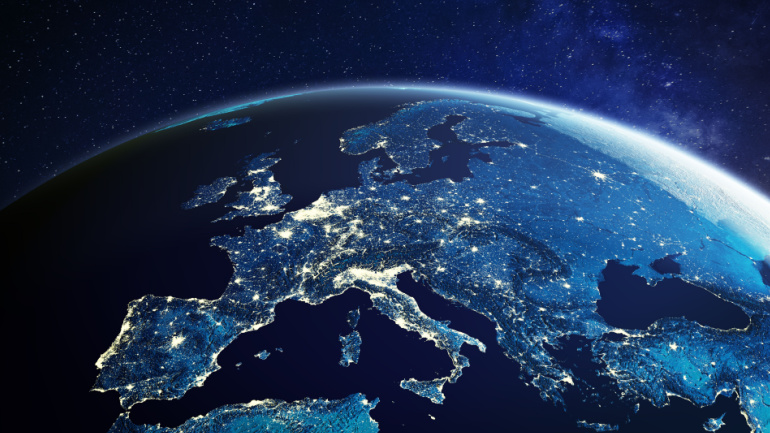As technology continues to sprint ahead, Europe finds itself in a bit of a quandary. Despite high ambitions for a digitally advanced future, the continent’s 5G uptake sits at a modest 2.5% as of Q4 2021. This figure seems disheartening when compared to the significant advancements made by the world’s tech giants, such as North America, China, Japan, and South Korea. Interestingly, on the Fibre-to-the-Home (FTTH) front, market figures suggest a promising trajectory towards the European Commission’s connectivity targets for 2030.
Yet, the road ahead does not appear smooth. The recent antidumping measures against India impose unwanted challenges upon Europe’s endeavor to maintain widespread broadband affordability and accessibility. The European Commission’s antidumping regulations, geared towards the protection of domestic industries –though informed by good intentions– inadvertently exacerbate the digital divide. High tariffs on imports dampen accessibility, leaving European consumers to absorb the inflated costs and excluding them from participating fully in an evolving digital landscape.
The implications of these regulations are both economic and societal. The uptick in high-speed internet costs, aggravated by antidumping measures, amps up the strain on consumers and businesses. This strain, in turn, hampers the integration of advanced telecommunications technologies. Countries such as Portugal, Greece, and Croatia might find the price they pay for internet access particularly steep.
This situation underscores the intricate balance required in policymaking. While the protection of local markets is crucial, it should not interfere with Europe’s stride towards the deployment of 5G and FTTH. It’s about striking the right balance, aligning economic protectionism with the aspiration to join the global digital revolution.
So, what’s holding back Europe from FTTH/5G acceptance? The factors are many, ranging from price sensitivity, infrastructural deployment challenges, regulatory obstacles, public awareness, affordability issues to rural and remote challenges, and the pressure of international rivalry.
In a bid to secure its global leadership in digital advancement, Europe can contemplate several strategic moves, such as forming alliances with global leaders in optical fibre manufacturing. Doing so could possibly facilitate high-speed internet connections and faster data transfer. This could be crucial for bridging the European digital divide, as we see in the UK and France, both significant importers of optical fibre cables. Further, advocating for government support and managing inflationary pressures are crucial too. A combination of these measures can help unlock the potential of 5G and FTTH across Europe.
As the race towards a connected future continues, a single approach alone won’t suffice. It’s a question of stepping out of comfort zones and meeting an array of challenges head-on, from speed and rural access to income disparities and regulations.
The pursuit of higher connectivity requires cooperation from all fronts. As industry leaders, policymakers, and consumers come together to plot the route to a digitally advanced future, our reliance on affordable and accessible broadband should no longer hamper the journey so we will one day stand alongside the world’s leading tech frontiers.







